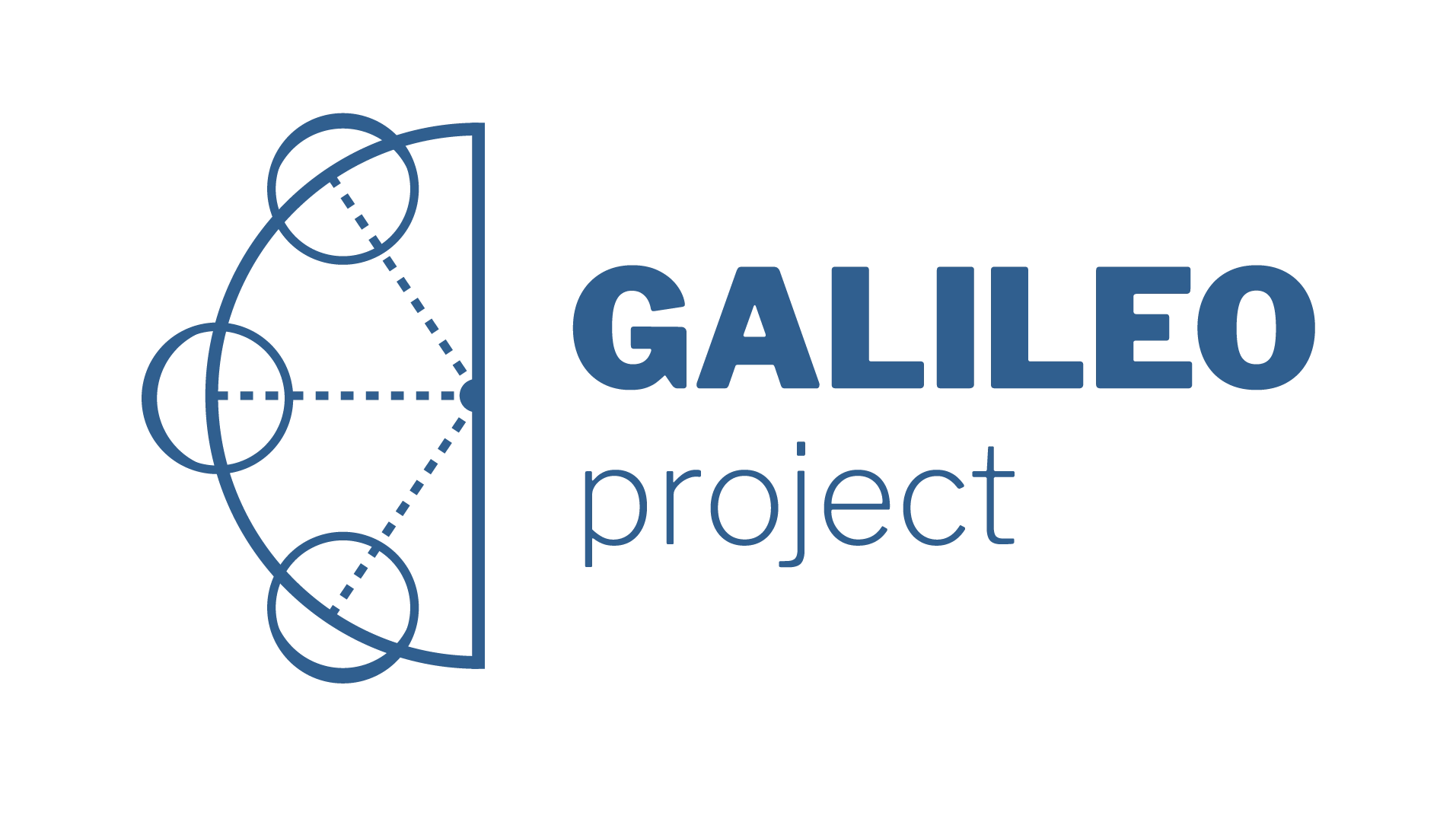Quantum Dot Synthesis Pack
Precision-engineered quantum dots for cutting-edge applications
Improved reproducibility
Ensures uniform quantum dot properties
Superior quality control
High PL QYs with narrow size distributions
Precise temperature management
Accurate nucleation and growth regulation
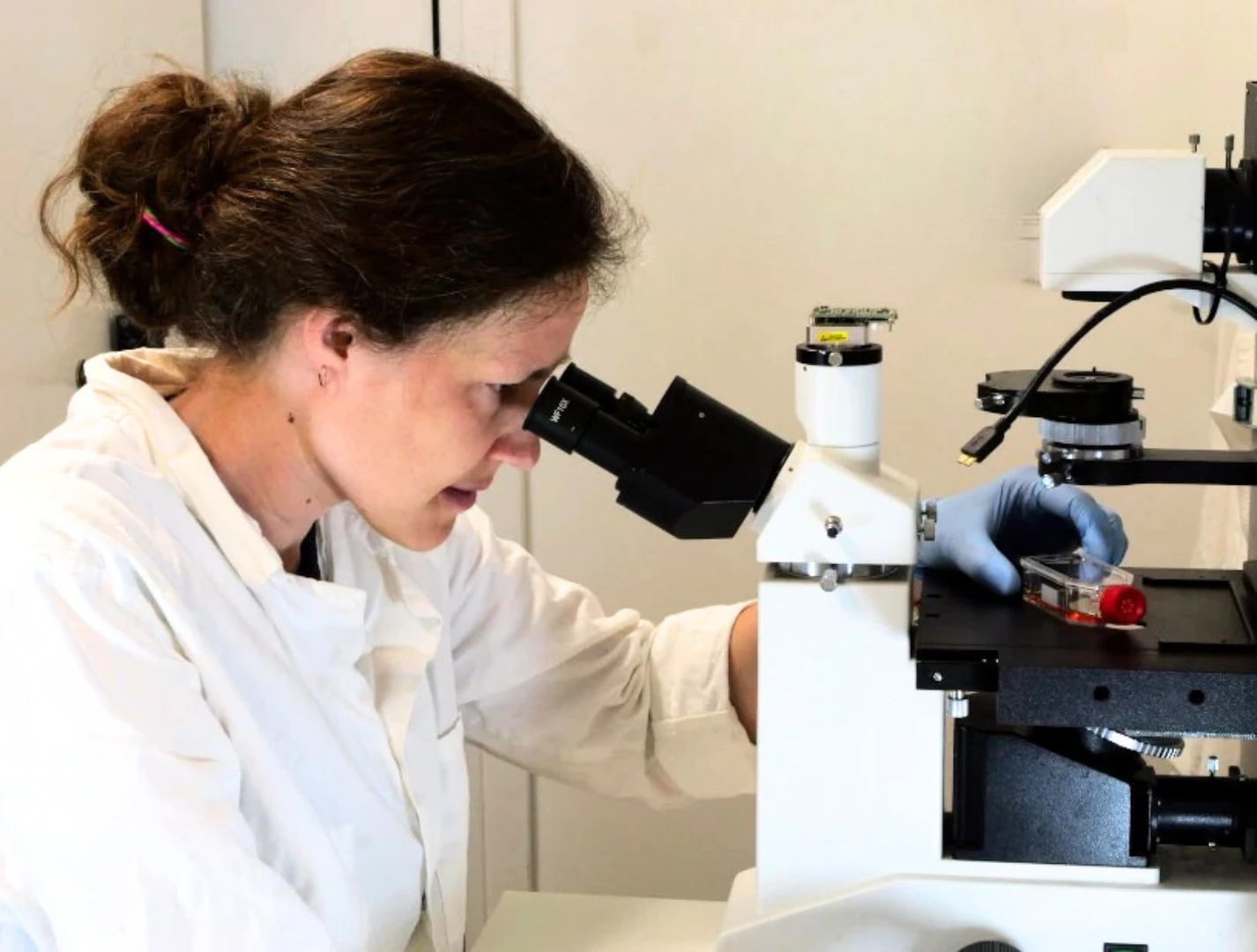
Need a microfluidic SME partner for your Horizon Europe project?
Revolutionizing quantum dot synthesis with microfluidics
Quantum dot synthesis is a revolutionary method for creating nanoscale semiconductor particles with tunable optical and electronic properties. These nanoparticles, ranging from 2-20 nm, are essential for bioimaging, quantum computing, display technology, and photovoltaics. However, achieving scalable, high-quality quantum dot synthesis comes with challenges like reproducibility, precursor mixing, and temperature control [1].
Maintaining uniform size, shape, and composition is crucial, as even slight variations in temperature, concentration, and nucleation timing can lead to inconsistent optical properties [1]. Therefore, achieving high-quality quantum dots for LED displays, solar cells, and biosensors requires precise control over synthesis conditions [1].
Additionally, scaling from lab-scale to industrial production while ensuring high photoluminescence quantum yield (PL QY) and narrow size distribution remains a hurdle [2]. Moreover, temperature fluctuations during the high-temperature nucleation and growth phases can cause non-uniform crystallization, leading to defects and lower efficiency. Similarly, inefficient precursor mixing may result in particle aggregation and reduced fluorescence efficiency, impacting applications like display technology, bioimaging, and quantum computing [3].
From an environmental standpoint, traditional quantum dot synthesis often involves toxic heavy metals like cadmium, lead, and selenium, raising concerns about sustainability and regulatory compliance. Nonetheless, researchers are actively developing eco-friendly quantum dots, such as carbon dots and perovskite quantum dots, which offer high fluorescence with lower toxicity [4].
Our continuous-flow approach offers precise reaction control, improved reproducibility, and reduced material waste, making it an ideal choice for scaling up production [5].
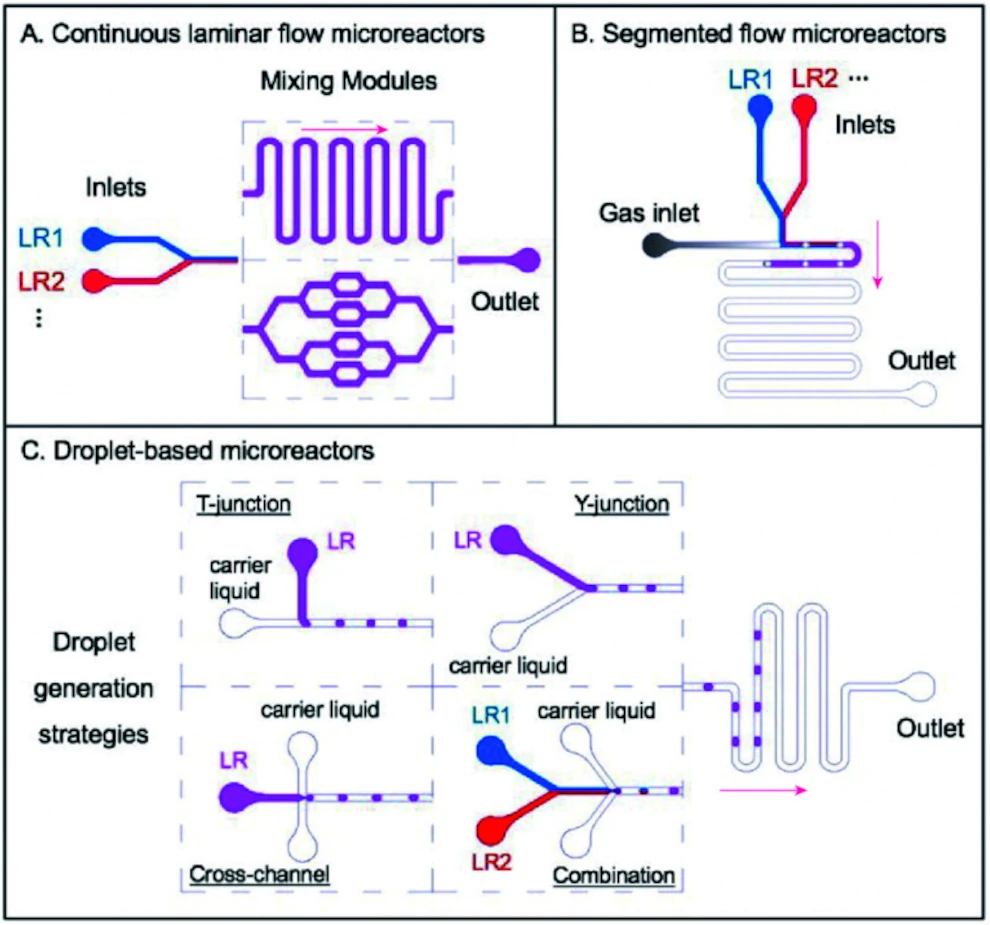
Advantages of microfluidic synthesis over batch methods: This figure highlights the enhanced control and uniformity achievable through microfluidic synthesis of quantum dots, which aligns with the core benefits offered by our Quantum Dot Synthesis Pack.
Adapted from: Shin, D. et al., Nanomaterials (2022), PMC9417800, CC BY 4.0.
Setup
Flow sensor (Galileo, MIC)
Microfluidic benchtop pump
Stage top incubator
Custom microfluidic chip (e.g., Herringbone mixer chip – microfluidic ChipShop)
Automated sampling system (Optional)
Reservoirs for precursor solutions
Tubings and fittings
Your adapted microscopy setup for real-time monitoring
Collection vials
Your control software for integrated system management
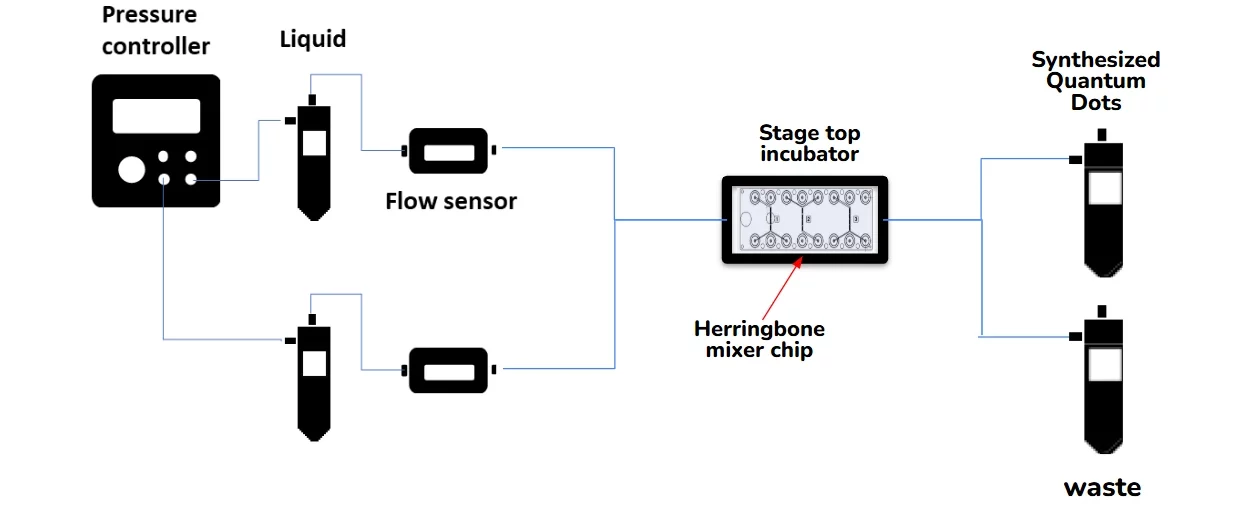
References
Image:
Квантовые_Точки-Quantum_Dots, Wikimedia Commons
Text:
Peng, X., Schlamp, M. C., Kadavanich, A. V., & Alivisatos, A. P. (1997). Epitaxial growth of highly luminescent CdSe/CdS core/shell nanocrystals with photostability and electronic accessibility. Journal of the American Chemical Society, 119(30), 7019–7029.
Large Scale Synthesis of Red-Emitting Quantum Dots for Efficient Light-Emitting Diodes. ACS Applied Materials & Interfaces.
Controlled mixing during colloidal quantum dot synthesis: A proxy for reproducibility. Chemical Engineering Journal.
Eco-Friendly and Sustainable Pathways to Photoluminescent Carbon Quantum Dots. MDPI Nanomaterials.
Redefining Quantum Dot Synthesis with Additive-Manufactured Continuous Flow Reactors. MDPI Metals.
Compatibility and applications
- Perovskite quantum dot synthesis
Fine-tune growth conditions for maximal lipid production. - Carbon dot synthesis
Utilize the system to produce carbon dots, fluorescent nanomaterials with applications in bioimaging and sensing. - Nanoparticle functionalization
Precisely control surface modifications of quantum dots for targeted applications. - High-throughput screening
Test engineered strains under highly controlled flow and nutrient regimes. - Biosensor development
Integrate quantum dot synthesis with biosensor fabrication for immediate testing and optimization.
Flow sensor technical specifications
Flow rate ranges: For example, flow rate ranges with <5% accuracy:
- 0.5 – 60 µL/min
- 2 – 150 µL/min
- 40 – 1200 µL/min
- 0.5 – 10 mL/min
Note that the range can be customized depending on working fluid properties (viscosity, etc.)
Calibrated liquids: aqueous media (others are possible upon request)
Wetted materials: PEEK, steel, fluorosilicone, perfluoropolyether resin
Internal volume: approx. 40 µL (variable depending on the used configuration range)
Operation pressure: up to 3 bar gauge pressure
Maximum pressure rating: up to 6 bar gauge pressure
Software operability: standalone GUI for data visualization and logging; optional Python API
Microfluidic benchtop pump technical specifications
| Pressure control | |
|---|---|
| Pressure stability | 0.2 mbar |
| Air flow rate | 0.1 L/min at atmospheric pressure Possibility to work with higher air flow rates by reducing the pressure range |
| Flow control | |
| Microfluidic flow sensor | Monitoring and feedback loop flow control available |
| Flow rates | From 0.1 µL/min to 5 mL/min |
| Liquid compatibility | Non contact pump
Any aqueous, oil, or biological sample solution |
| Electrical connection | |
| USB connection | USB C |
| Sensor connection | One M8-4 pins connector available per channel |
Stage top incubator technical specifications
| Characteristics | Specifications |
|---|---|
| Dimensions (mm) | 30.5 x 130 x 168 (h x w x l) |
| Base K- Frame | 3.5 x 110 x 160 (h x w x l) |
| Dimensions of internal usable space | 25 X 89 x 130 (h x w x l) |
| Dimensions of the bottom glass (ITO glass) | 1) 72 X 110 with a thickness of 1.1 mm 2) 50 x 25 with a thickness of 0.6mm 3) 50 x 22 with a thickness of 0.12 mm |
| Temperature range | Room temperature to 70 oC |
| Temperature accuracy | ± 0,5 oC |
| External material | Aluminum and ITO glass |
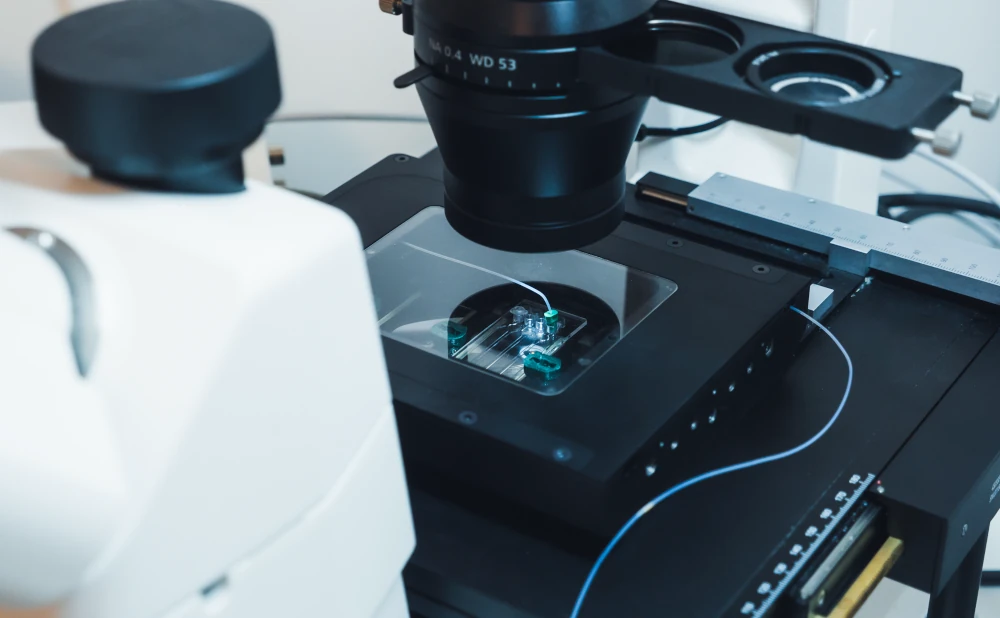
Frequently asked questions
Can our platform be customized for different types of quantum dots?
Yes, the platform’s versatility allows for adaptation to various quantum dot materials and synthesis protocols.
What are the benefits of real-time monitoring during synthesis?
Real-time monitoring enables immediate adjustments to synthesis parameters, ensuring optimal quality and consistency.
Is the system scalable for industrial production?
While our system is optimized for research and small-scale production, it provides critical insights into process parameters that can be transferred to larger continuous-flow reactors.
How can we help your experiment?
This pack is in beta testing phase. So, although the instruments are not fully industrialized, we can provide extensive support as part of our beta testing program. Get in touch to see if you are eligible.

